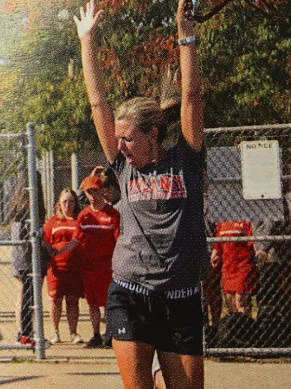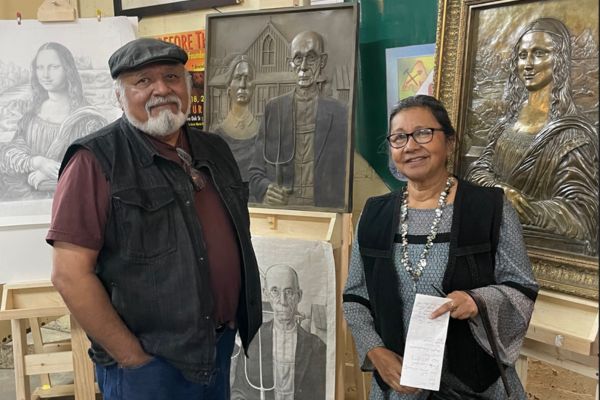According to orbis.org, over 43 million people in the world are blind. Although most are not completely blind – the source continues that only 15% of blind people are totally blind – the vast majority will never be able to see works of art in their lifetime. However, this is being changed by artist Tomas Bustos, who is turning famous art pieces into relief sculptures so that visually impaired people can feel art rather than see it.
NPR reports that Bustos was looking at pictures from a past trip to the Louvre Museum in Paris, France, with his wife when she said to him, “It’s a shame that the blind would never see the Mona Lisa.” Bustos adds that it “kind of gave him the idea to do a relief.” A relief sculpture is a sculpture where figures project from a supporting background, usually a flat surface.
Bustos, who is a 3D artist, decided to make a cast iron replica of the Mona Lisa and have it shown to a patron at the Envision Arts Gallery nearby. According to NPR, the patron was someone who has been completely blind from birth. Bustos described, “he started touching her with two hands, kind of spread open a little bit. He’s feeling it. And once he figured out it was a woman with long hair and her hands were crossed in front of her, he [said], ‘It’s a woman.’ And then my friend [said], ‘Can I tell him who it is?’ I [said], ‘Yes.’”
He continues, “He [said], ‘It’s the Mona Lisa.’” [Bustos] said, “the gentleman took a step back in reverence, in respect to the Mona Lisa. And he [said], ‘I’ve never seen the Mona Lisa before until today.’ So he reaches in there to touch again, but now his hands are very close together, touching her nose and touching her smile. And so to me, he was focusing in on the details. And at that moment, I felt like I was onto something.”
The use of relief sculptures in place of actual paintings could greatly affect the future of art, according to sophomore art student Mia Siegel. “I think making art more accessible for people who normally can’t experience it could harbor a new wave of both creativity and curiosity,” she says. “Many people, for the first time, will be able to experience art in a way that they have never been able to.”
Similarly, art teacher Mr. Jason Blevins says, “I think it’s a great idea. Making art accessible to as many people as possible in as many forms as possible is what anyone would want in a better world.”










